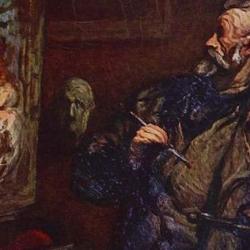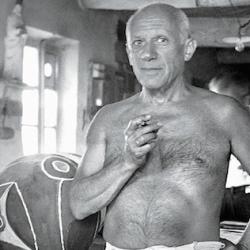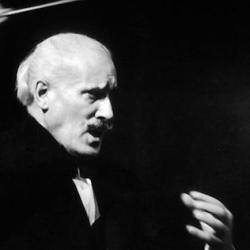What Do Pictures Want? seems an odd title for a book on picture theory. WJT Mitchell intends his title to highlight the “double consciousness” that we have toward images.
“why is it that people have such strange attitudes toward images, objects, and media? Why do they behave as if pictures were alive, as if works of art had minds of their own, as if images had a power to influence human beings, demanding things from us, persuading, seducing, and leading us astray? Even more puzzling, why is it that the very people who express these attitudes and engage in this behavior will, when questioned, assure us that they know very well that pictures are not alive, that works of art do not have minds of their own, and that images are really quite powerless to do anything without the cooperation of their beholders? How is it, in other words, that people are able to maintain a ‘double consciousness’ toward images, pictures, and representations in a variety of media, vacillating between magical beliefs and skeptical doubts, naive animism and hardheaded materialism, mystical and critical attitudes?” (7).
The double consciousness is most evident in the fact that we won’t admit that we have a double consciousness. We are the rational moderns who know that pictures aren’t alive, and can’t seduce or harm us; they are the gullible ones: “The usual way of sorting out this kind of double consciousness is to attribute one side of it (generally the naive, magical, superstitious side) to someone else, and to claim the hardheaded, critical, and skeptical position as one’s own. There are many candidates for the ‘someone else’ who believes that images are alive and want things: primitives, children, the masses, the illiterate, the uncritical, the illogical, the ‘Other.’ Anthropologists have traditionally attributed these beliefs to the ‘savage mind,’ art historians to the non-Western or premodern mind, psychologists to the neurotic or infantile mind, sociologists to the popular mind” (8).
Mitchell sets out to challenge the whole modern Us/Them binary: “magical attitudes toward images are just as powerful in the modern world as they were in so-called ages of faith. I also believe that the ages of faith were a bit more skeptical than we give them credit for. My argument here is that the double consciousness about images is a deep and abiding feature of human responses to representation. It is not something that we ‘get over’ when we grow up, become modern, or acquire critical consciousness” (8).
He offers a simple illustration: “when students scoff at the idea of a magical relation between a picture and what it represents, ask them to take a photograph of their mother and cut out the eyes” (9). And he offers the image of the destruction of the World Trade towers as a more complex example. The images we saw were layered, since the event itself was meant to be a message more than a strategic military action. And the images of the event are living symbols that are part of the ongoing aftermath of the event they depict. Pictures of the billowing fire and smoke against the deep blue Manhattan sky live because they crystallize a form of life that is feared and despised.
With pictures as with so much else, we really haven’t escaped our pre-modern past. We have never been modern.















